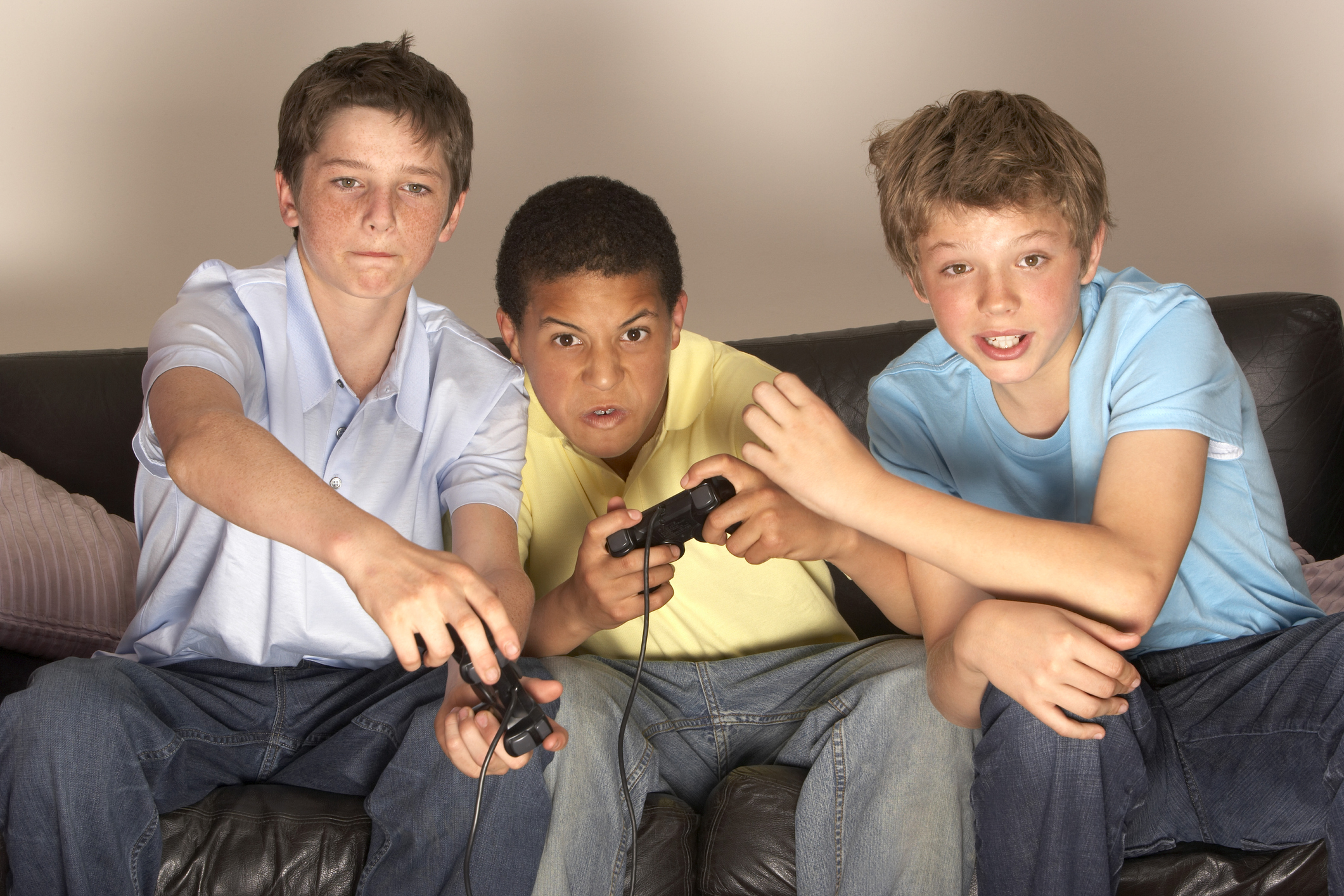How Hyperrationality Impacts Decision Making and Performance
In “Why Teens Misbehave: Part One” we discussed the impact of dopamine reward centers in adolescents. We focused on two of the three ways that drive an adolescent towards rewards i.e. impulsivity and a susceptibility to addiction. Today, I will discuss Hyperrationality and the impact of emotional and social situations on decision making and performance.

What is Hyperrationality?
Hyperrationality is what Daniel Siegel (Brainstorm) calls “how we think in literal, concrete terms.” It is a behavior shaped by increased reward drives in the adolescent brain.
With hyperrationality there isn’t a lack of thinking or reflection, unlike with impulsive or addictive behaviors. Instead, it is a cognitive process that calculates risk by placing a lot of weight on the positive outcome instead of negative consequences of a possible situation.
Take, for example, a teenager deciding whether or not to bring their parents’ alcohol to a party. The potential for “fun” may far outweigh the possible consequences of being caught.
Research Results in Teenage Psychology
Cognitive Function and Stress
Laurence Steinberg, Phd, is known as one of the world’s leading experts in adolescent psychology. He has conducted many research studies concerning teenage decision making and risk taking behaviors. One study examined individual differences in and adolescent’s self-control when an adolescent is faced with emotionally charged situations compared to one that is not. It was discovered that a youth would have difficulty using their cognitive functioning when faced with a stressful situation.
Brain “Age” and Behavior
Steinberg did another study which used functional imaging data to determine the brain age of a teenager. When the youth was put into an emotional situation, they found that the brain looked younger. Furthermore, they found that when an individual had a younger brain at a neutral state that they were more likely to engage in risky behaviors, a greater desire for rewards, higher reactivity to threat and punishment, increased criminal activity, substance use disorder, and a greater risk of the emergence of mental illness. They also found that if a person had a younger brain in adolescents they would also have increased risk behaviors in early adulthood (Steinberg et al, 2017).
Peer Pressure Influence on Decision Making
Another study funded by the National Institute on Drug Abuse (NIDA), had teen volunteers play a video driving game, either alone or with friends watching. What was discovered, is that their risk behaviors more than doubled when their friends were watching than when they were playing alone. This again shows that a youth’s impulsive decisions are influenced by peers or when they are an emotionally charged situation feeling pressured to perform well.
Next time, in Part Three, I will discuss the idea of gist thinking: a way of thinking that considers the larger context of a decision through use of intuition, thus aiming for positive values versus focusing solely on the immediate dopamine-driven reward.
If you are the parent of a teenager who experiences issues with decision making, Watershed can help. Please call our office to set up a first appointment today.







